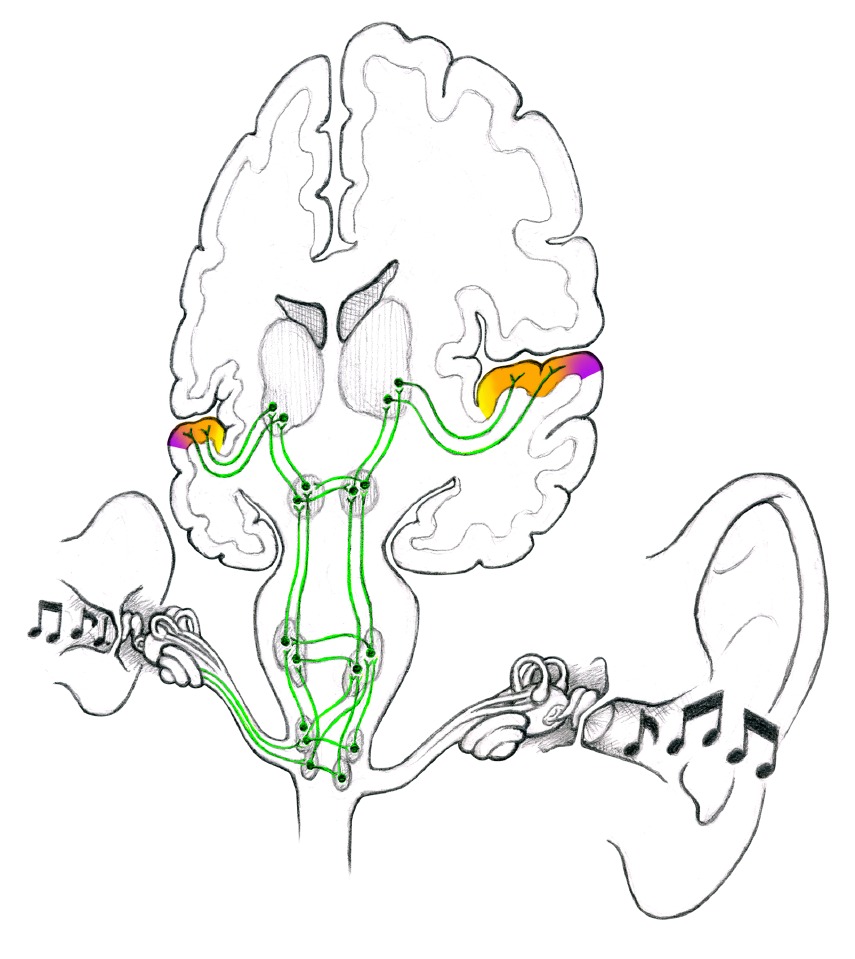Module Overview
This module asks why we have emotions and presents the evidence for a wired in system of basic emotions that has a large impact on our thinking and behavior. This module begins by discussing the purpose of emotions as a way to guide behavior and learning. The work of Paul Ekman in identifying six basic emotions is reviewed, along with the evidence that supports the idea that we have these basic emotions. The role of facial expressions in conveying emotion is described, and the location of emotions within the brain is discussed.
- The autonomic nervous system,
- The evolutionary status of humans as close cousins of chimpanzees,
- The distinction between instinctive and learned behavior.
Learning Outcomes
- Critique the model of six basic emotions that was identified by Paul Ekman.
- List the six basic emotions.
- Identify brain areas that are involved in emotions?
- Justify the term “basic emotions”?
- Contrast the affect and arousal dimensions of the Circumplex model of emotion.
- Map emotional states onto the Circumplex model of emotion.
PROJECT FILES
| Title | Author | Description |
|---|---|---|
|
|
Dr. Peter Coppin | CC BY |
|
|
Dr. Peter Coppin | CC BY |
| Title | Author | Description |
|---|---|---|
|
|
Dr. Mark Chignell |
This Storyline File can be downloaded and modified to your specific learning objectives (within the bounds of the creative commons licensing selected for this file. This is encouraged, but any technical issues are not supported by the University of Toronto. |
|
|
Dr. Mark Chignell |
This SCORM package can be uploaded into your institution's Learning Management System. |
| Title | Author | Description |
|---|---|---|
|
|
This file could be used by an instructor in the classroom to present this material. |
|
|
|
This file could be shared with students for taking notes while participating in the module. |

